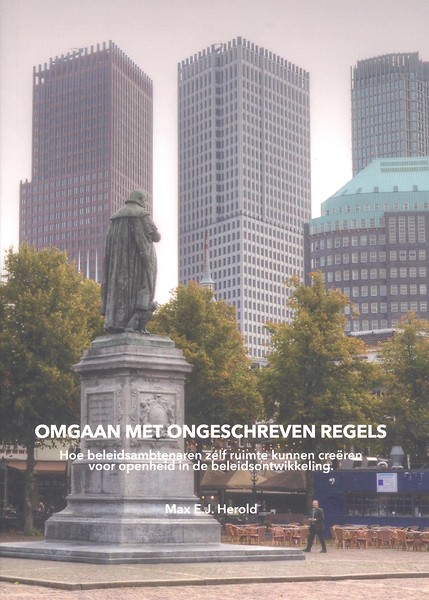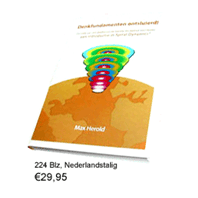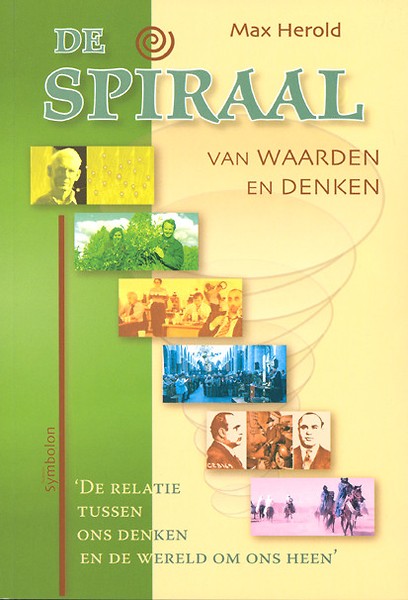Bodystorming is een specifieke ervaringssituatie waarbij rollenspellen en simulatie worden gecombineerd ter inspiratie van nieuwe ideeën en empathische, spontane prototyping. Plat gezegd is het te zien als een combinatie van actief rollenspel en eenvoudige prototypes.
De deelnemers begeven zich in specifieke ruimten terwijl ze nauwgezet letten op beslissingen, interactieve ervaringen en emotionele reacties. Vandaaruit worden ontwerpideeën vormgegeven en vindt conceptgeneratie plaats. Ook het parallel testen van ideeën is mogelijk. De methode kan binnen een ontwerpteam worden toegepast maar juist ook met een breder publiek van collega’s en klanten.
Bron:
Universele ontwerpmethoden
Auteurs: Bella Martin en Bruce Hanington
Uitgeverij: Bis Publishers, Amsterdam, 2012
Klik op: https://www.managementboek.nl/boek/9789063692919/universele-ontwerpmethoden-chuck-martin?affiliate=1910
—————-
Object of Play
Bodystorming is simply brainstorming, but done with the body. It may look different depending on the preparations and location, but in the end all bodystorming is fundamentally about one thing: getting people to figure things out by trying things out. A group may explore one of the techniques described below to get their feet wet with bodystorming. They may move through them in order, from observing and learning to ideation and prototyping, although this is not a strict sequence. Each level of bodystorming will help break the pattern of analyzing ideas around a conference table and get people closer to developing things that will work in the real world.
How to Play Bodystorming takes place in three phases.
Level 1: Go Observe Go to the location to do your work. If you are developing an idea for a coffee shop, or a shopping mall, or a hospital, go there and do your work as you would normally. The environment will present idea cues and authentic information that would never emerge from conference room brainstorming. For example, say a group is charged with improving the student experience on a college campus. Although they may conduct interviews or other research, they may start by going to a few campus locations and “blending in” with the surroundings while going about their usual work. It’s important that the group not zero in on any specific analysis so that they will be open to the cues that the environment presents.
Level 2: Try It Out Use role play and props to develop an idea. In this exercise, a group physically “acts out” an experience by using whatever they have on hand or can acquire. The group focuses on how they interact with each other, their surroundings, and makeshift artifacts, testing existing ideas and uncovering new ones. For example, say a small group is asked to “reimagine the evening news.” Using each other as the actors, the audience, the news anchors, and the television itself, they improvise a script that plays out the experience as they conceive it could be.
1. Identify and assign critical roles. For any experience, identifying the “customer” or “user” role is a good way to get started. This participant (or group of participants) becomes the focal point and main character of the bodystorm. Other critical roles will present themselves. “Who wants to be the Internet?” is not an uncommon question to hear.
2. Improvise the experience. Bodystorming is physical and progressive: as the group starts to put their thoughts into action, they will naturally ask simple and important questions by acting them out, often leading to the unexpected. For example, in the evening news scenario:
“OK, so how do you watch the evening news?” “I don’t have a television. Also, I’m usually out jogging.” “Oh. Do you have your phone on you?” “Always. I’m listening to music.” “OK, what if this happened… who wants to play the phone?”
In a completely improvised scenario, the group should keep in mind the principal rule of the game: building on each other’s inputs. “Yes, and…” will generate more progress than “Yeah, but…” thinking. In some uses of bodystorming, a group will act out a script prepared in advance. In these cases, an equal amount of planning in props to build an environment is key. For example, if it’s a coffee shop, set up the counter and chairs. If it’s a park or outdoor area, strongly consider going there.
Bovenstaande Engelse tekst Verkregen op 10 december 2017 via http://gamestorming.com/bodystorming/
Max Herold



